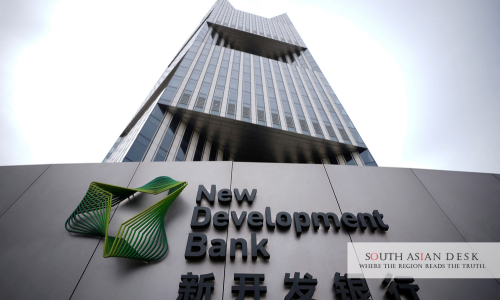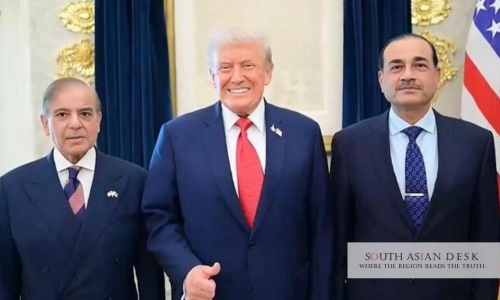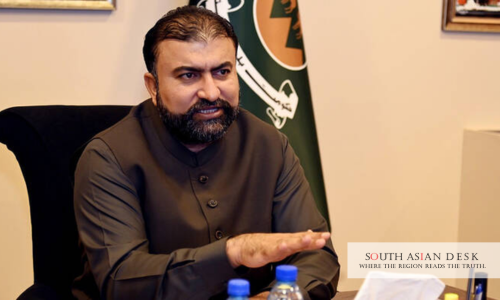Prime Minister Shehbaz Sharif’s upcoming visit to China will mark the formal launch of the China Pakistan Economic Corridor’s second phase (CPEC-II), a pivotal moment for Pakistan’s economic aspirations. Scheduled for the end of August 2025, the visit coincides with the Shanghai Cooperation Organisation (SCO) summit in Beijing, where Sharif will engage with Chinese leadership to set priorities for this multi-billion-dollar initiative. After a five-year delay, CPEC-II aims to deepen industrial cooperation, promising to reshape Pakistan’s economic landscape and strengthen bilateral ties with China.
CPEC-II: A New Chapter for Pakistan’s Development
The China Pakistan Economic Corridor, a flagship project of China’s Belt and Road Initiative, has already transformed Pakistan’s infrastructure and energy sectors in its first phase. Now, CPEC-II will focus on industrial collaboration, agriculture, and regional connectivity. Planning Minister Ahsan Iqbal, the focal person for CPEC, emphasized during a high-level meeting in Islamabad that the initiative’s future lies in “quality over quantity.” Only high-impact projects will be prioritized to ensure sustainable growth and institutional strengthening. This shift reflects Pakistan’s ambition to leverage Chinese expertise for long-term economic stability.
During his visit, Shehbaz Sharif will attend the SCO summit from 31 August to 1 September, engaging with leaders like Chinese President Xi Jinping and Russian President Vladimir Putin. The launch of CPEC-II will be a highlight, with both nations expected to agree on measurable outcomes. “This is a milestone for Pakistan,” Iqbal stated, underscoring the importance of clear priorities to maximize the corridor’s benefits. The Joint Cooperation Committee (JCC) meeting, planned for October, will further refine the implementation strategy, building on discussions from Sharif’s trip.
Expanding Trade and Investment Opportunities
A key focus of Shehbaz Sharif’s visit is to boost Pakistan’s trade and export footprint in China. The government is keen to diversify exports and enhance industrial linkages under CPEC-II. During a recent trip to China, Iqbal conveyed Sharif’s invitation to President Xi to visit Islamabad in 2026, marking 75 years of diplomatic relations. This gesture highlights the deep-rooted friendship between the two nations, often described as “iron brothers.” To facilitate business ties, Sharif has directed authorities to resolve visa processing delays, ensuring genuine businesspersons can engage seamlessly with Chinese partners.
The China Pakistan Economic Corridor also includes plans for four priority Special Economic Zones (SEZs): Rashakai, Allama Iqbal Industrial City, Dhabeji, and Bostan. These zones aim to attract Chinese investment in sectors like agriculture, IT, and electric vehicle manufacturing. Sharif has emphasized replicating China’s success in SEZs to create jobs and drive economic growth. “Pakistan can serve as a manufacturing base for China,” he noted in a recent statement, highlighting the potential for mutual benefit through industrial relocation and supply chain integration.
Challenges and Aspirations for CPEC-II
Despite the optimism, CPEC-II faces challenges, including security concerns for Chinese workers and past delays in project execution. Sharif has assured Chinese authorities of robust security measures, a critical factor given the corridor’s strategic importance. The government’s formation of the Special Investment Facilitation Council (SIFC) aims to streamline bureaucratic hurdles, ensuring smoother implementation of CPEC projects. Economist Safdar Sohail, who previously oversaw CPEC, believes the SIFC could address governance issues that have slowed progress.
The visit also carries symbolic weight, with Sharif among the first leaders invited to China after the 20th National Congress of the Communist Party. Posts on X reflect mixed sentiments, with some expressing hope for economic revival, while others urge caution over debt concerns. However, the government remains focused on tangible outcomes, such as upgrading the Main Line-I railway and realigning the Karakoram Highway, to enhance connectivity and trade.
As Shehbaz Sharif prepares to launch CPEC-II, Pakistan stands at a crossroads. The success of this phase could redefine its economic trajectory, fostering jobs, innovation, and regional influence. With the China Pakistan Economic Corridor as a cornerstone of bilateral ties, Sharif’s visit signals a renewed commitment to a partnership that promises prosperity for both nations.
Published in SouthAsianDesk, August 20th, 2025
Follow SouthAsianDesk on X, Instagram and Facebook for insights on business and current affairs from across South Asia.






